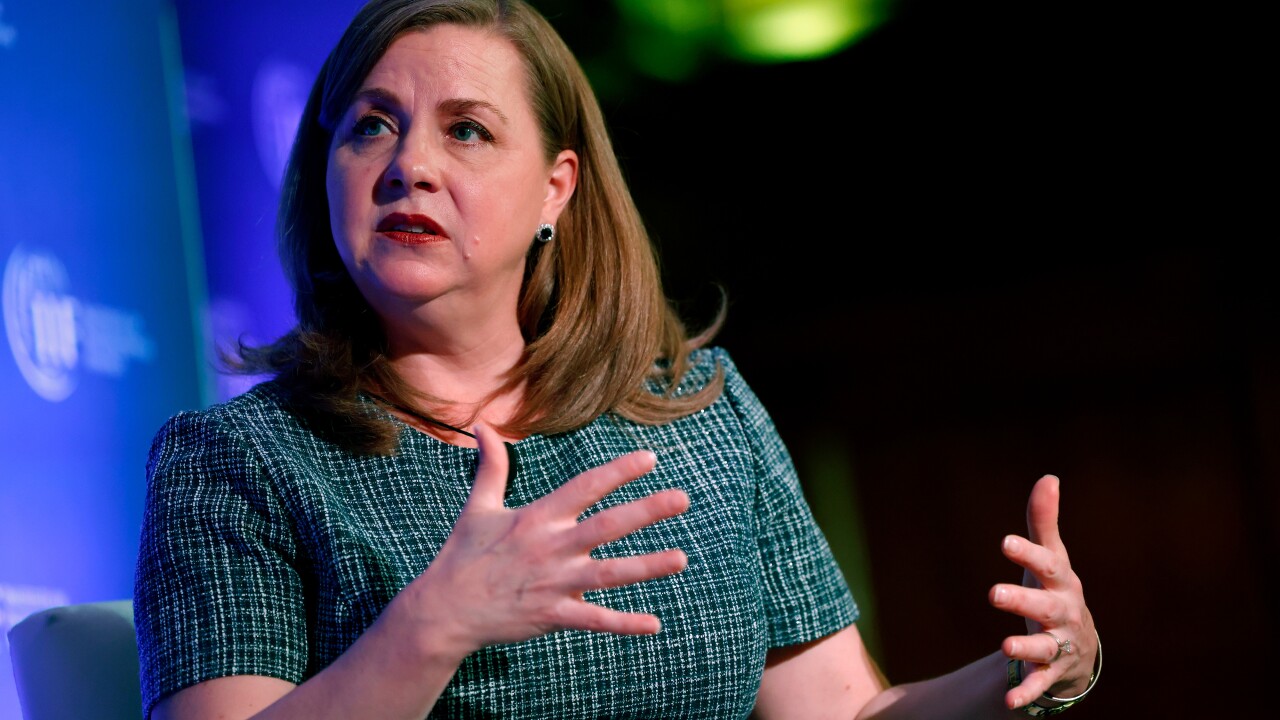
In an email to American Banker, the bank said it plans to issue a permissioned USD deposit token,
"It's going to be a big question in the near term as we see more institutions explore stablecoins: What's a stablecoin, and what's a deposit token?" James Wester, director of cryptocurrency research for Javelin Strategy & Research, told American Banker.
What are deposit tokens?
A deposit token is a digital asset that is a claim on a deposit at a licensed depository institution, such as a bank. Deposit tokens are issued on a distributed ledger, or the structure that underpins cryptocurrency. That makes deposit tokens easier to transfer between consumers or businesses, particularly in different countries.
While deposit tokens are often referred to as "private stablecoins," there is still a difference between
The big difference between a deposit token and
What JPMorgan is launching
"It's a tokenized claim on an existing bank deposit, fully governed by traditional banking regulation," Wester said. "That may sound like a small distinction, but the key difference is that it doesn't require new reserves or a third-party trust structure."
It's simply making deposit balances programmable but within the permissioned system
A
"As such, deposit tokens and stablecoins can be applied to similar use cases," Mallela told American Banker via email.
Today, stablecoins are primarily for retail use cases, including crypto trading, remittances and as a means to access U.S. dollars as a store of value, according to Mallela. Deposit tokens differ from stablecoins in key areas including interest payouts and deposit treatment, he said.
"Institutional clients can treat
"For these reasons we believe that deposit tokens are a more compelling product offering for institutional clients than stablecoins," Mallela said.
A role for banks
"Exchanging value, such as money, between different parties over a blockchain requires a digital currency, so we created the
Other banks are also active.
Stablecoins are a potential threat to banks since the underlying digital wallets could draw traditional bank deposits.
By stressing a deposit token,
"From a market perspective, it shows banks are entering the digital asset and crypto space with compliance, control, and safeguards baked in, even before dedicated stablecoin legislation is finalized," Wester said, adding that stablecoins and deposit tokens will likely coexist. "They serve different needs. But this move shows that the architecture of money is already changing."
By using deposit tokens, banks could compete to offset some of the threat stablecoins pose to deposits.
But whether the gap between stablecoins and deposit tokens is a difference without distinction remains to be seen, Eric Grover, principal at Intrepid Ventures, told American Banker.
"Both in theory are flexible and efficient payment instruments enabling payment and settlement worldwide to be one transaction," Grover said.
If banks like
"Deposit tokens issued by regulated FDIC-insured banks would be more comfortable for businesses, not that stablecoins wouldn't work," Grover said.
For example, in countries with debased currencies and weak national payment systems, the likely more accommodative approach of specialists like Tether versus Chase may be more of a fit.
"A business in Caracas wants to operate in dollars rather than bolivars, but is that a use case






